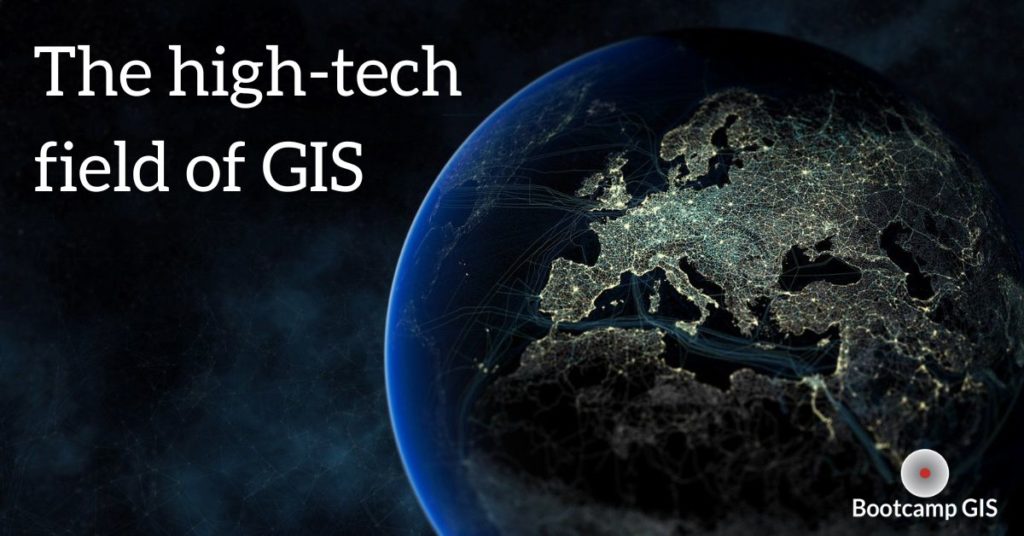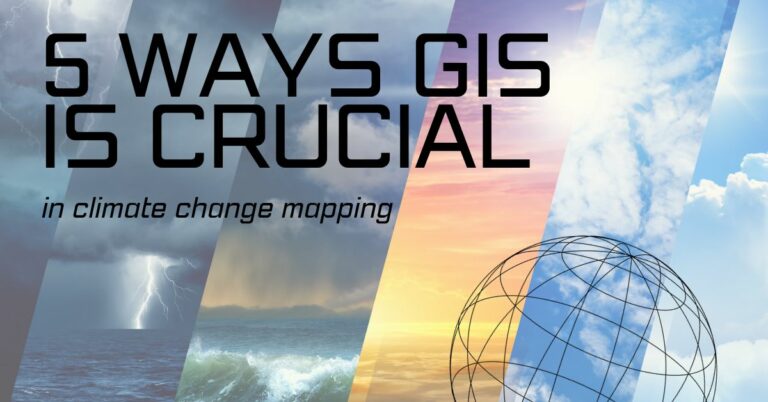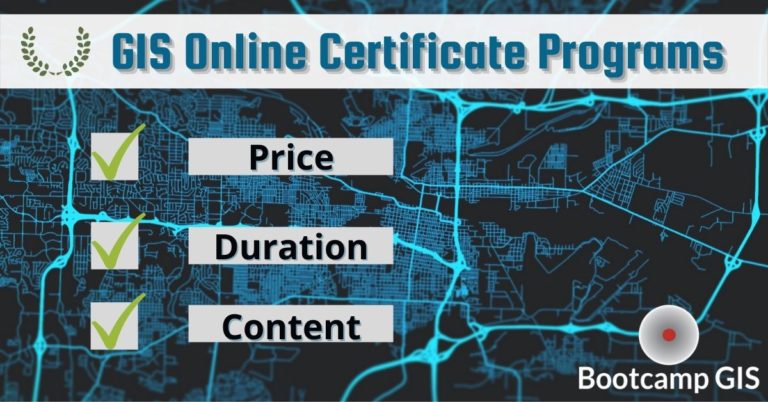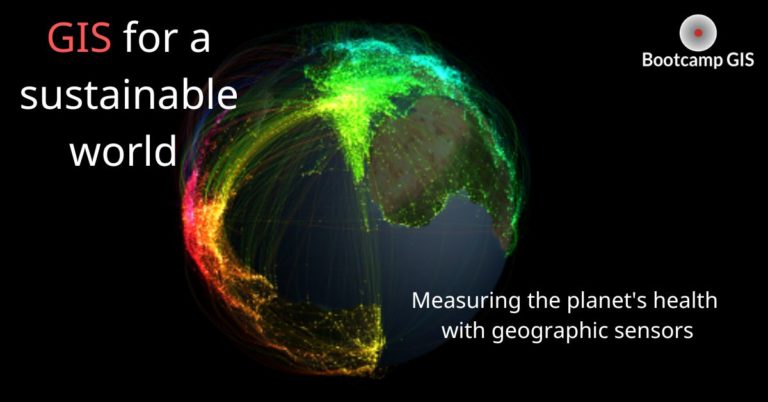
Pursue a career in GIS Certificate : 4 key roles
Making a decision about your career can feel daunting. One good tech option is a focus on Geographic Information Systems (GIS) which collects, analyzes, and visualizes any data via a map. Establishing a career within GIS is fulfilling with a variety of technologies and applications. You may find your passion doing geographic analysis in conservation, smart city planning, or renewable energy. Many people entering GIS already have degrees in a variety of disciplines. Let’s look at a few of these to see how you can technically upskill and find your way to GIS career opportunities!
There are three main subcategories within GIS, that includes, but isn’t limited to careers that involve math and statistics, deal with commercial business decisions, or are field data driven. The core functions of what a GIS professional does is pretty consistent: to create geographic data, analyze it, display it, and serve applications to large audiences.
Computer Science (GIS Developer)
If you have a background in Computer Science, a career in GIS development or administration may be the right one for you. A GIS developer creates new software applications on desktop, web, or mobile. Languages include Python, CSS, HTML, C#, and C++. You could be working with many software vendors to build new tools to existing packages.
Engineering (GIS administrator)
Alternatively you could be the central GIS system administrator that designs architecture and works with both IT and resource departments. Skills include database administration, cloud architecture, and system integration. Many engineers get certificates in Amazon Web Services or to become a DBA. In this role you make sure the GIS software and data is running and serving maps to large audiences such as your city or the public.
Business (Analyst)
A GIS analyst will generate statistics, maps, and reports. The analyst will complete tasks that help support decisions such as where the next Starbucks store should be located, where properties should be rezoned, or where a utility has risk of outages due to overgrowth in vegetation. Most projects require you to Import, integrate, update, clean, and validate data from multiple sources. This is the most common position in the GIS industry.
Biology or Environmental (Technician)
Natural resources such as plants, trees, and animal species are commonly mapped. A change in habitat is a sign of stress on the local environment due to manmade or climate affects. GIS technicians create maps for government agencies such as the local city, state environmental departments, or the US Fish and Wildlife Service. You would go out into the field and collect information on threatened and endangered species occurrence with GPS, tablets, or UAVs. Then you might produce comparative maps in a time series analysis to show how the environment is changing in support of new land management decisions. For instance the US Forest Service, uses GIS data in support of their 10 year forest plans.
You can learn these skills in a short period with GIS online platforms. These skills will make you marketable as well as having career potential within a variety of technical fields. Today, there are over 26,000 jobs asking for GIS skills on Indeed. It’s an industry full of meaning when you consider the need to plan and manage the planet’s resources.







